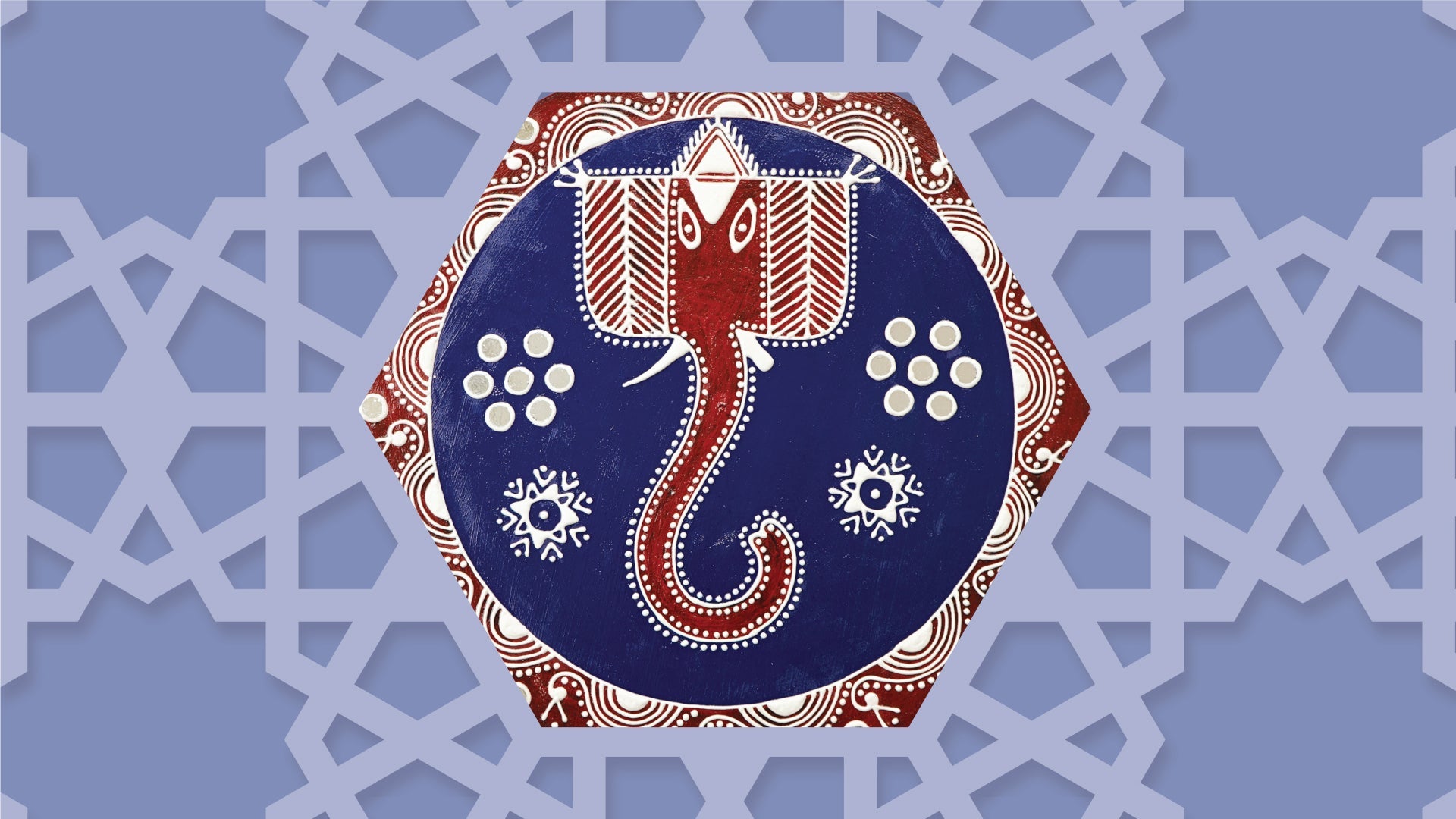Reviving Traditions With Mandana Art

In the colorful world of Indian culture and art, Mandana Art stands out as a testament to the rich heritage and creativity that the nation embodies. Rooted in tradition and celebrated across generations, Mandana art is not just about beautiful designs but also a reflection of the intricate processes and rituals that have been passed down through the ages. In this blog, we'll delve into the captivating world of Mandana art, exploring the process of making the paste and how it continues to grace the households of today, connecting generations through its vibrant designs.
Mandana art finds its origins in the heartland of India, primarily in the states of Rajasthan and Madhya Pradesh. This vibrant art form has a deep-rooted history that dates back generations, with its roots embedded in local customs and traditions. It has been an integral part of the cultural landscape of these regions for centuries, evolving over time while staying true to its core principles.

Traditional Handpainted Mandana Wall Art
The Art of Mandana Paste
At the heart of Mandana art lies the creation of the paste, a laborious process that requires skill and precision. The primary ingredients for the paste are often rice powder, turmeric, and natural dyes made from crushed flowers or leaves. Each element is carefully measured to achieve the desired consistency and vibrancy of color.
The paste-making process is a family affair, with knowledge and techniques passed down from one generation to the next. The paste is meticulously mixed to create a smooth and flowing texture, ensuring that it adheres perfectly to the canvas – whether it be the floor, walls or a dedicated surface for the art.
The Artistic Process
The making process of this remarkable art piece is a labor of love. The traditional paper maché technique is used, where newspapers are soaked in water for 2-3 days, then expertly mashed to obtain a fine powdered form. To strengthen the structure, Methi is blended into the paper pulp, resulting in a robust dough mixture that forms its foundation. Natural colors are used in this process.
Once the paste is prepared, the real magic of Mandana art begins. Skilled artisans, often women in the household, use their nimble fingers to create intricate and symmetrical designs on the chosen surface. These designs are often inspired by nature, mythology, and local folklore, incorporating elements like peacocks, elephants, flowers and geometric patterns.

Traditional Handpainted 'Om" Mandana Wall Art
Significance Across Generations
Mandana art is more than just an aesthetic decoration; it's a symbol of tradition, culture, and spirituality. In households, it holds a special place during festivals, celebrations, and rituals. It is often used to adorn the entrances of homes, signifying a warm welcome and inviting positive energy into the household.
The transfer of knowledge and the practice of Mandana art from one generation to another strengthen the bonds of family and culture. Younger generations learn not only the techniques but also the stories and significance behind each design. This tradition ensures that the art form remains alive and meaningful throughout the ages.
Mandana Art in Modern Times
In today's fast-paced world, Mandana art is not just confined to traditional settings. Its mesmerizing patterns and vibrant colors have found their way into contemporary homes and artistic expressions. Mandana-inspired fashion, home decor, and even digital art have emerged, showcasing the timeless beauty of this traditional Indian art form.
